Today's product landscape is experiencing a seismic shift, driven by rapid advancements in AI, evolving UX design paradigms, and ongoing debates around platform governance, forcing product managers to adapt and rethink their strategies.
Quick hits
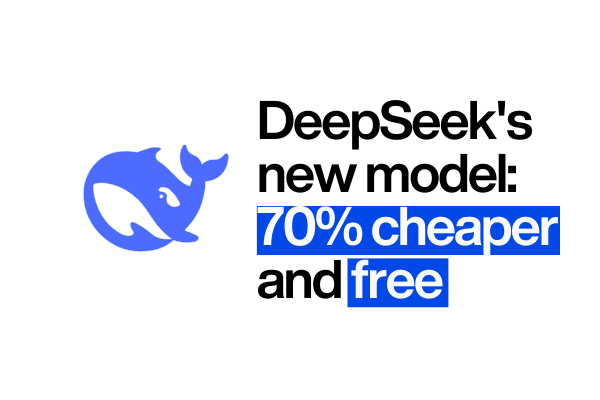
Welcome back to the AI Update. The reasoning gap closed faster than expected this week. DeepSeek released V3.2, matching Gemini-3.0-Pro’s capabilities while cutting costs by 70%. What does this mean for the AI race? I’ll break it down in today’s w...
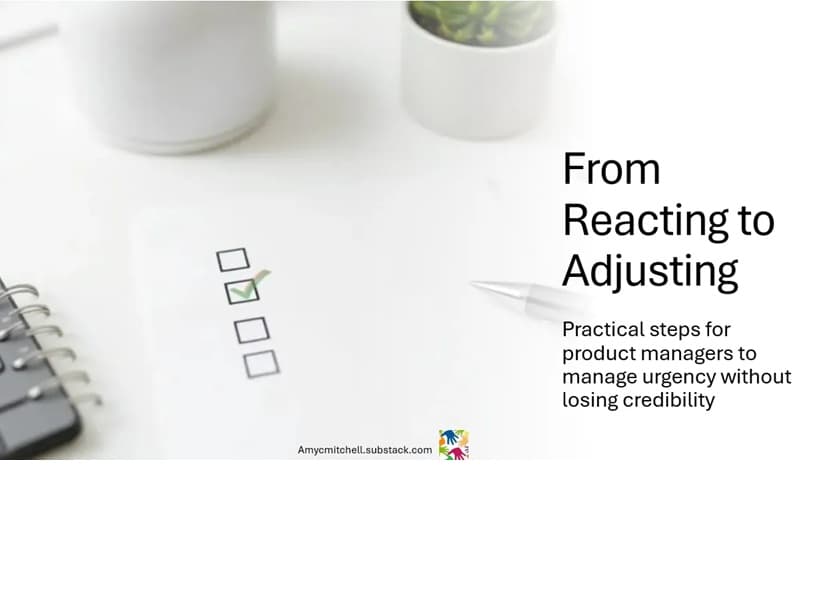
What happened after writing a recent Product Management IRL article? These insights are exclusive to premium subscribers of Product Management IRL. This week’s backstory is about handling an urgent situation as a product manager: There is a new se...

For years, design and tech teams have relied on shape metaphors to describe expertise. We had T-shaped people (one deep skill, broad… Continue reading on UX Collective »

James Baldwin on protection, avoidance, and the limits we inherit. James BaldwinWhat’s the balance between protection and control? Early on, the difference is hard to see. A rule tightens, choices narrow, and it still feels like someone watching o...

The 19 critical decision moments where human judgment determines whether teams build the right things. Diagram created by author using Google Gemini AI text-to-image creatorI watched a talented software team present three major features they’d shi...

If only he had waited a bit longer.Deflation is an odd phenomenon. The problems associated with inflation are fairly intuitive—when prices go up, people can’t buy as much of the stuff they want or need. But deflation? People like lower prices! It’...
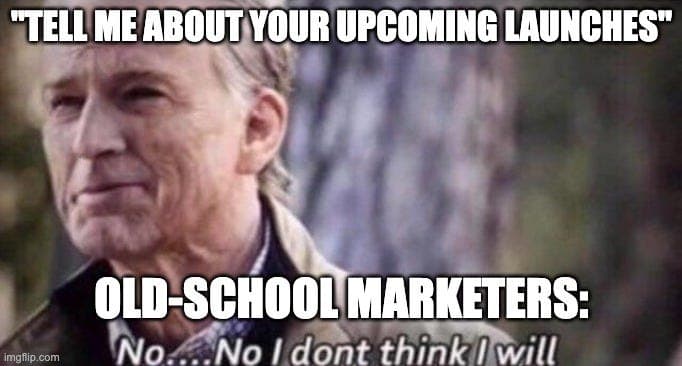
Most companies still operate like it’s 2012: hide everything, build in silence, save it all for one glossy launch, blow a ridiculous amount of money, expect a lasting lift… then watch it all vanish in days and start anxiously waiting for the next ...
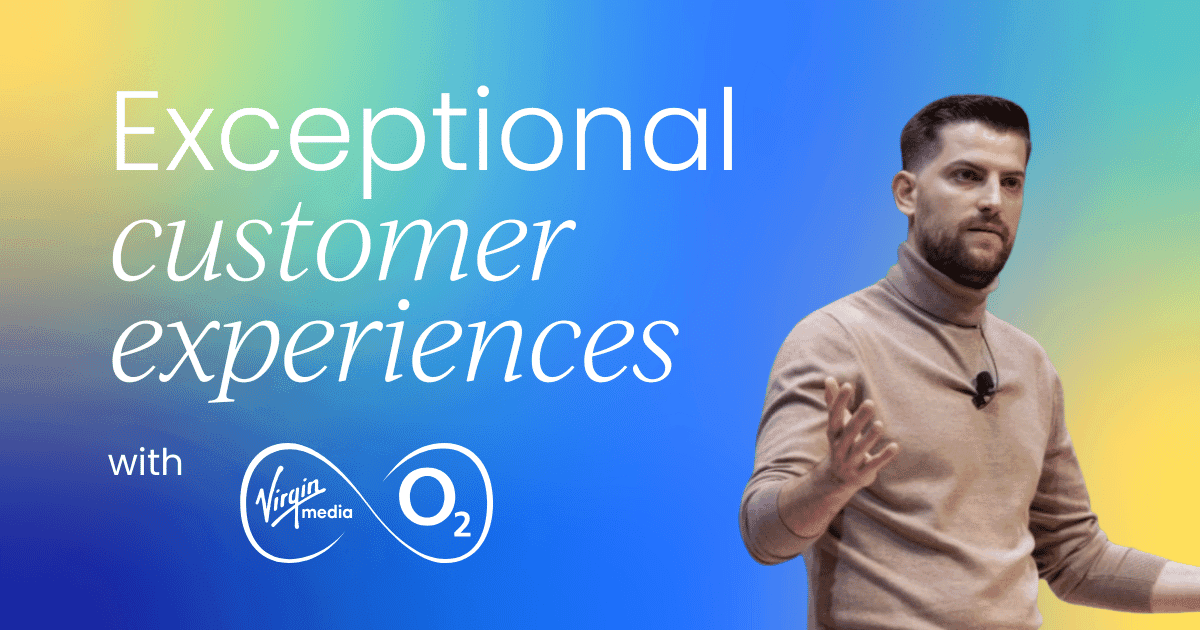
What makes one digital experience feel effortless while another leaves you ready to give up? The answer comes down to how dramatically customer expectations have shifted. We’re more connected than ever before – our phones, wearables, homes, and ev...
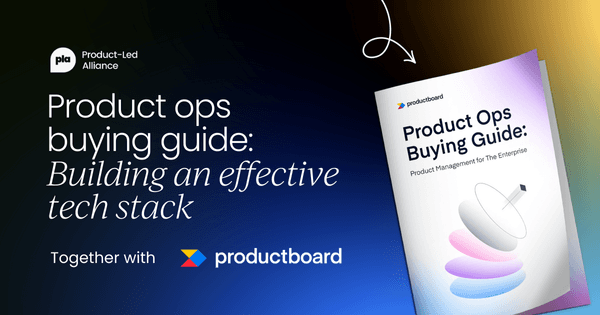
The operating system your product team uses determines whether your PMs move faster or drown in operational inefficiencies. Tech stacks are more fragmented than ever: feedback in Salesforce, roadmaps in spreadsheets, priorities in Jira. For most p...

Five years ago this week, Meta's Oversight Board accepted its first cases. Together, they highlighted the company's global reach — cases originated in Malaysia, Azerbaijan, and Brazil, among other countries — and the high-stakes hair-splitting tha...
What do the last five years of academic research tell us about how design is changing? AI is reshaping the UX practitioner. Photo by Elijah CrouchIt would be something of an understatement to say AI has impacted the world of UX design. But how, ex...

Is design standing in the way of me showing up in community? A screenshot from https://www.instagram.com/p/DPkNek0ke20/?hl=enI recently saw a post from The Nap Ministry that said: “Hey, here to say you don’t have to start a project, club, new inve...

AI for Non-Techies I spent my first week diving headfirst down the Lovable rabbit hole while building my course for moonlearning.io for non-technies. Spoiler: I didn’t ship a unicorn before breakfast, but I did come out with a grounded beginner gu...
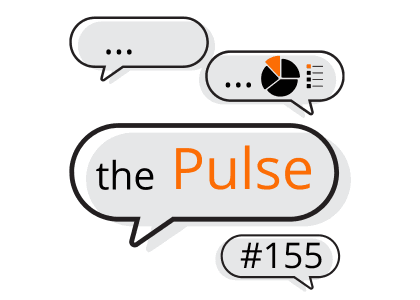
The Pulse is a series covering events, insights, and trends within Big Tech and startups. Notice an interesting event or trend? Hit reply and share it with me. Today, we cover: • Could a 5-day RTO be around the corner in Big Tech? From next Februa...

Friends, This is one of my favorite questions to ask: If you had the power to assign a book for everyone on Earth to read and understand, what would you choose? Long-time supporters of The Generalist will know it’s my preferred way to wrap up a Mo...